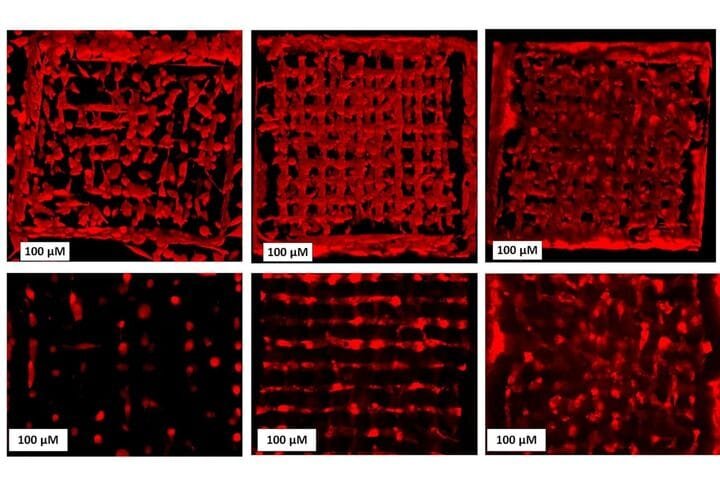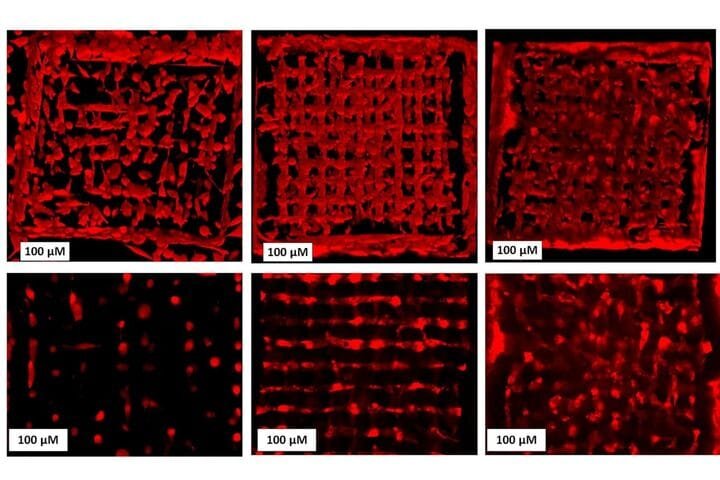
In the world of additive manufacturing (AM), the promises of bioprinting would be truly groundbreaking if they were to be kept and fully realized.
The unscalable mountain is the ability to 3D print patient-specific organs. There would be no more organ rejection from transplants in post-operative care. In 2017, Gartner predicted that this medical innovation would occur within a decade.
Currently, simple tissues are 3D printed by various companies. For example, Poietis established and commercialized a laser methodology for 3D printing biological matter like skin cells and liver tissue.
They released a commercial skin product in 2018 and established a partnership with L’Oréal and BASF. Another example comes from the company CELLINK. It makes bioprinters used by pharmaceutical researchers in order to test the effects of drugs on living human tissue.
The technology and techniques of 3D bioprinting still have a long way to go before patient-specific organ transplants transform from fantasy to reality. Recent developments from TU Wien in Austria highlight one of the main factors in achieving what is now impossible: speed.
TU Wien researchers developed a new technique using an innovative bioink that allowed them to embed cells in a 3D matrix much faster. With micrometer precision, the technique works at a speed of one meter per second.
The top images show the 3D setup and the bottom shows just one layer. The indications for increased precision and speed are significant for bioprinting and the ultimate goal of 3D printing patient-specific organs for transplants.
The 3D scaffold and bioink developed at TU Wien will allow researchers to achieve new levels of accuracy in ongoing studies about the behavior of cells. The cell behavior as diseases spread is an important aspect of discovering new treatment methods. The introduction of stem cells to the new process makes it possible to create fully customized tissue.
3D bioprinting techniques differ in many ways. Some are less precise while others produce cells that do not last very long. Some cells produced through 3D bioprinting have material properties that limit their efficacy.
Cell behavior can differ greatly depending the chemical properties, shape and mechanical nature of the environment.
For example, it is important for the environment to be permeable in order to ensure the survival and multiplication of cells embedded within. Countering that, the environment must strike the right type of balance in respect to stiffness and flexibility so that the structures do not degrade.
Read more at ENGINEERING.com

